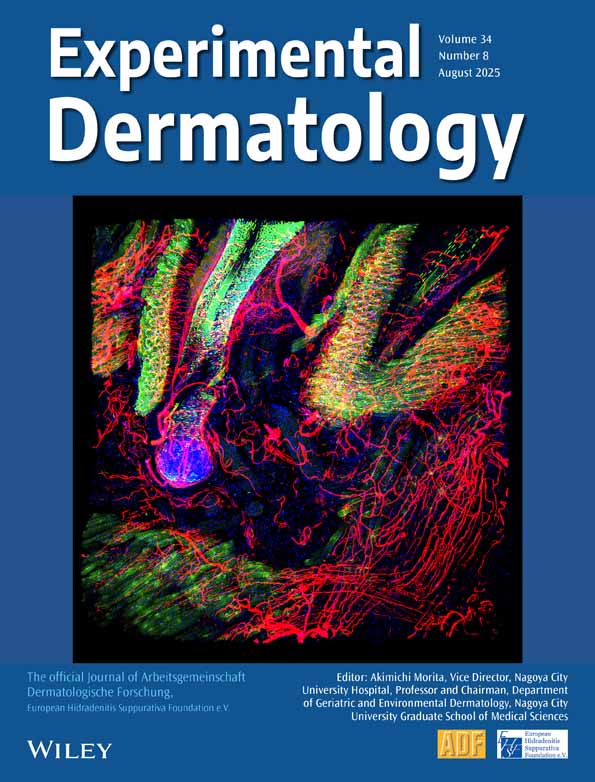Vasoactive intestinal peptide and pituitary adenylate cyclase-activating polypeptide as modulators of innate and adaptive immunity
Abstract
Recent reports identified neural pathways, both hard-wiring and soluble mediators, that control and adjust the peripheral immune response. Immune organs are innervated by fibres rich in neurotransmitters and neuropeptides, which are released in inflammatory conditions. Here, we focus on the immunomodulatory role of two neuropeptides, vasoactive intestinal peptide (VIP) and pituitary adenylate cyclase-activating polypeptide (PACAP). VIP/PACAP are present and released from both innervation and immune cells, particularly Th2 cells, and immune cells express receptors for VIP/PACAP. VIP/PACAP have a general anti-inflammatory effect, both in innate and in adaptive immunity. In innate immunity, VIP/PACAP inhibit the production of proinflammatory cytokines and chemokines from macrophages, microglia and dendritic cells. In addition, VIP/PACAP reduce the expression of costimulatory molecules on the antigen-presenting cells, and therefore reduce stimulation of antigen-specific CD4+ T cells. In terms of adaptive immunity, VIP/PACAP promote Th2-type responses and reduce the proinflammatory Th1-type responses. VIP is rapidly transforming into something more than a mere neuropeptide. In evolving scientifically from a neuropeptide to a novel agent for modifying immune function, and, possibly a cytokine-like molecule, VIP research has engaged many physiologists, molecular biologists, biochemists, endocrinologists and pharmacologist, and it is a paradigm to explore mutual interactions between neural and neuroendocrine links in health and disease. Recognition of the central functions that VIP plays in cellular processes is focusing our attention on this very important peptide as exciting new candidates for therapeutic intervention and drug development.




